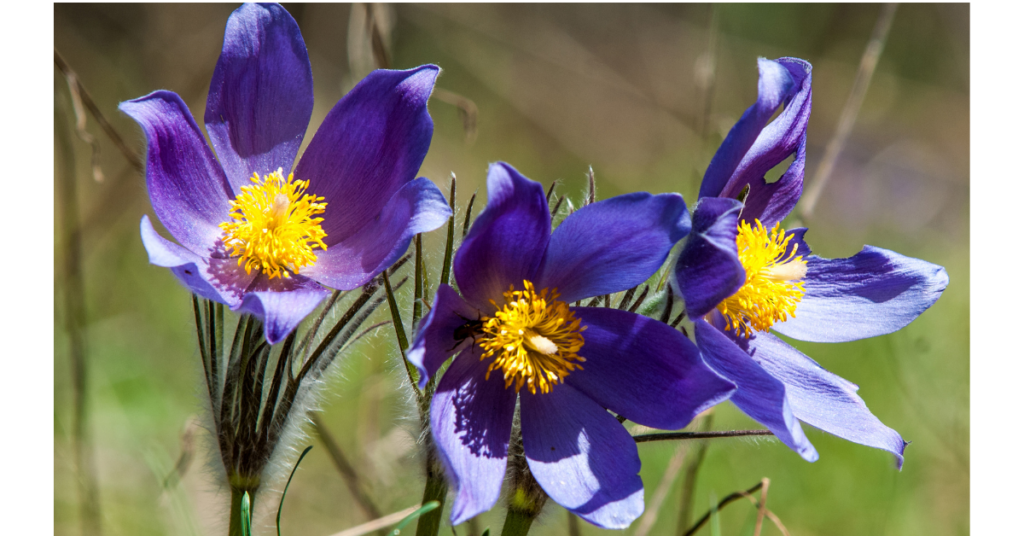Pulsatilla – Homeopathic Remedy
Pulsatilla (Pulsatilla nigricans)
This homeopathic remedy is well known amongst practitioners for its ability to induce crying, a fact that helps to make sense of the legend that the plant sprang from the tears of Venus!
This plant has been used medicinally in Europe for hundreds of years. In homeopathy, it is particularly useful in treating diseases accompanied by a yellow-greenish discharge.
Other names: Pasque flower, meadow anemone, wind flower, weather cock.
Description and places it grows in
Deep purple flowers with orange centres; leaves and flowers covered with fine and silky hairs; a native plant of Germany and Scandinavia; grows best on well-drained soil in sunny pastures, often found at the edge of woods or on hillsides.
Parts used
The liquid extracted from the pulp of the whole plant.
Uses
Homeopaths may prescribe this remedy for:
Colds, coughs, and sinusitis displaying the following symptoms: Profuse catarrh or phlegm.
Eye infections such as styes and conjunctivitis displaying the following symptoms: Discharge of fluid from the eye.
Digestive disorders displaying the following symptoms: Indigestion, heartburn, nausea, and sickness due to over consumption of rich or fatty food.
Women’s problems such as pre-menstrual tension (PMT), menopausal symptoms, menstrual problems, and cystitis displaying the following symptoms: Mood swings, depression, crying.
People requiring this remedy will feel worse: When hot; at night; after eating rich, fatty food.
People requiring this remedy will feel better: In cool, fresh air; doing gentle exercise; after crying; with sympathy.
People suitable for this remedy are often female, warm-hearted, and meek in manner. They are greatly affected by the injustices of the world, easily being moved to tears. These types rarely get angry, preferring to avoid confrontation. They are great peacemakers and usually have many friends.
The information given on this site about homeopathic remedies is just a general overview. Classical homeopathy takes all the patient’s symptoms into account and prescribes upon the “Totality of Symptoms”, thus finding the precise remedy that matches the patient’s symptoms perfectly.
Here, at The CMA we recommend that anyone interested in learning more about homeopathy and the fascinating remedies that homeopaths use should take an introduction course to homeopathy, which will help you to understand how to become a good home first-aid prescriber. This is ideal for ‘acute symptoms’. However, if you want to learn more – with a view even to becoming a professional homeopath, who is educated highly enough to be able to treat chronic conditions, you’ll need to be prepared to spend many years learning this vast and fascinating topic – along with anatomy, physiology and pathology, history of medicine, homeopathic philosophy, and much more. You’ll find both kinds of courses here on this site – head to our section on Find a CMA Member and search under CMA Registered Training Schools.

